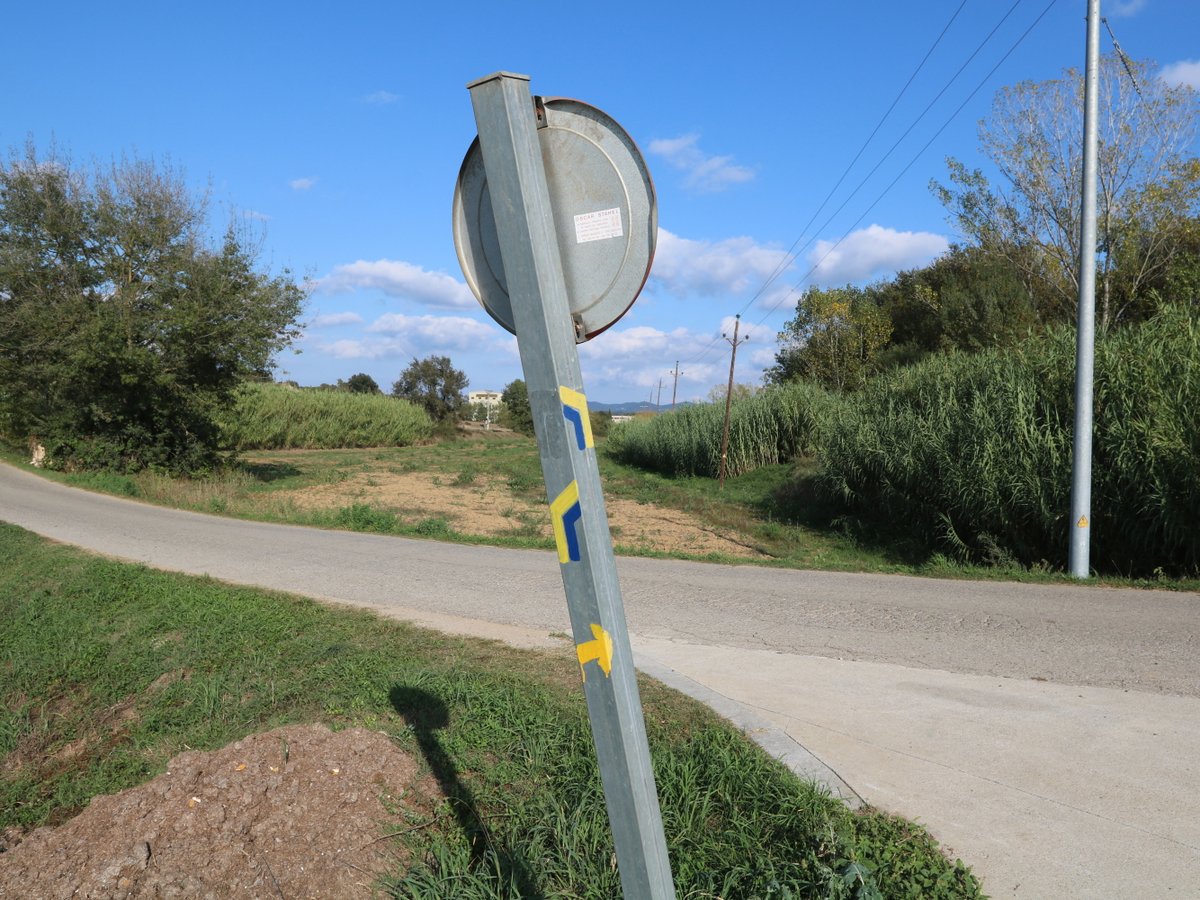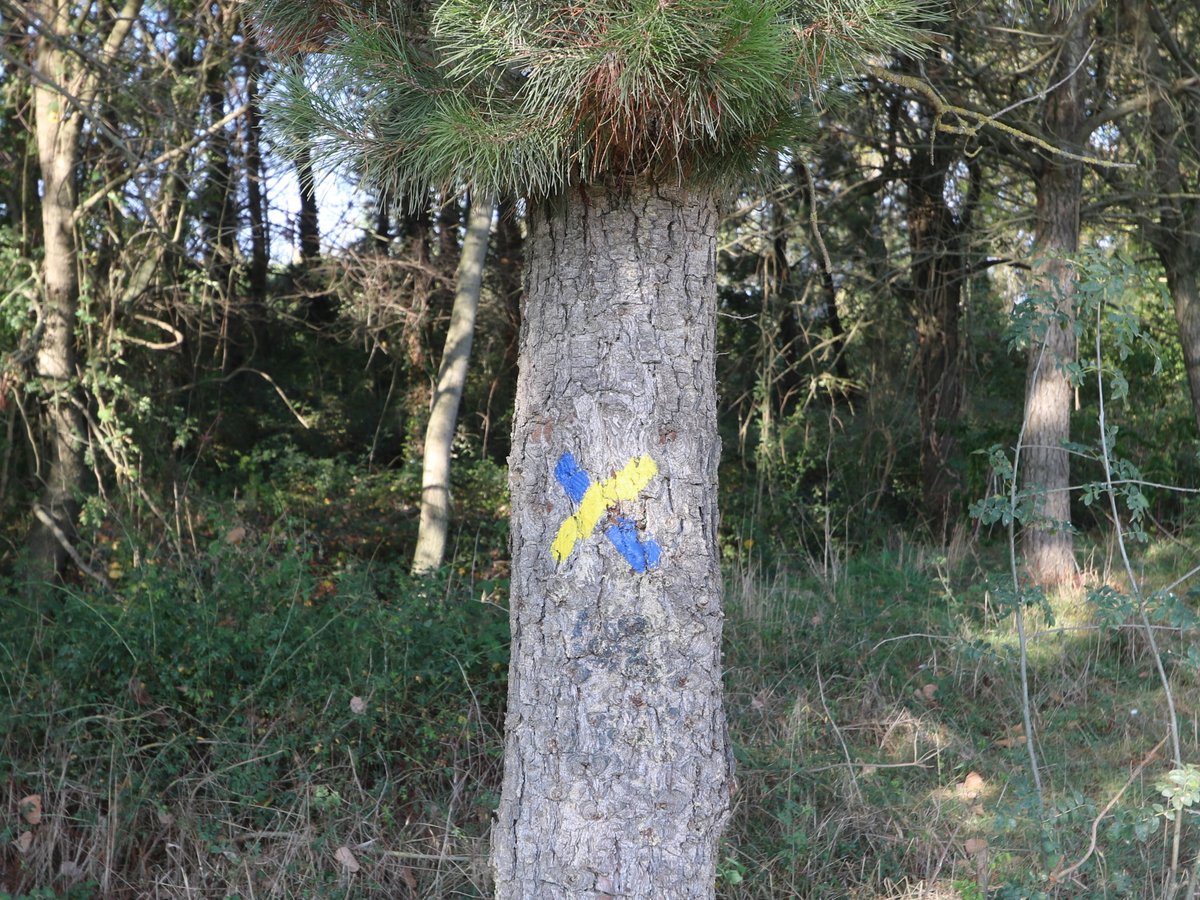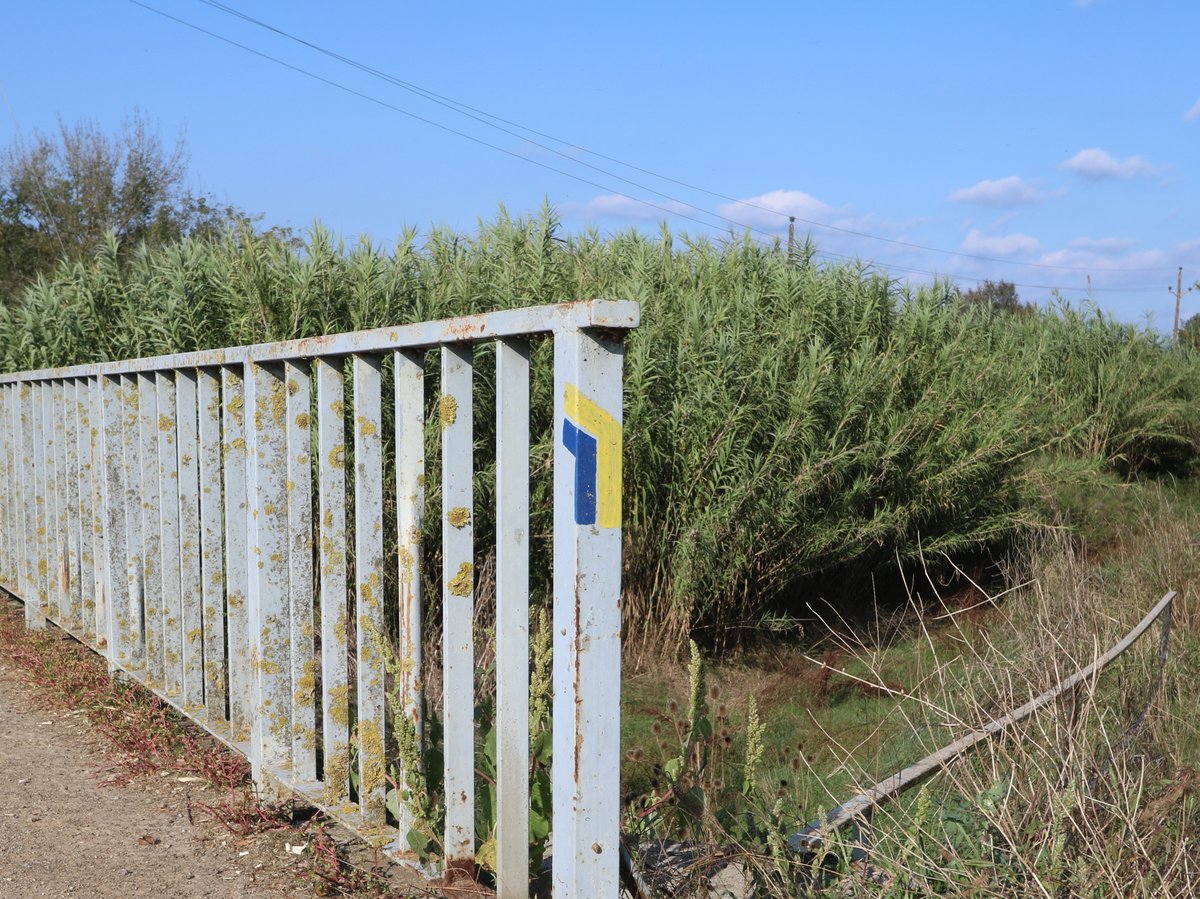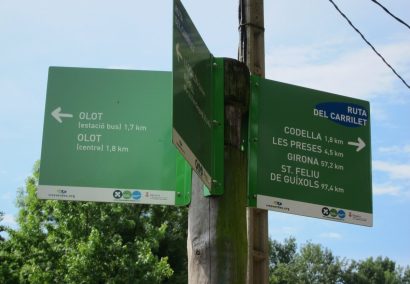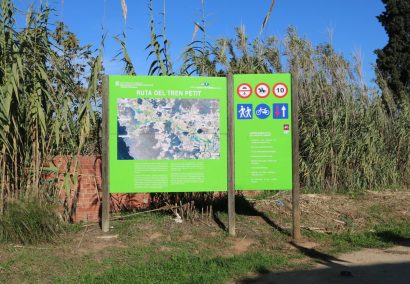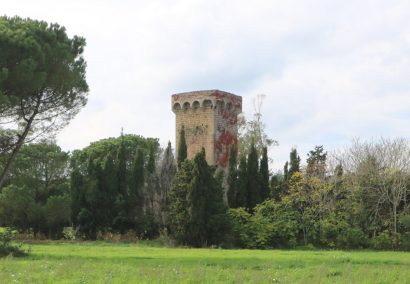One of the funniest moments of the cult comedy classic The Life of Brian shows the members of the underground group fighting for the liberation of Israel from the Roman occupation: they are discussing the positive changes brought upon them by the Romans. They are having trouble naming any, except for the healthcare reform, the law and jurisprudence, the civilian security, and the public infrastructure like irrigation systems, sewers, and roads. No biggie!
Jokes apart, but Spain can relate. The most notable example is Vía Augusta, an ancient 1500 km-long Roman road that has been laid out even before the Common era. It begins in the Andaluz city of Cádiz, runs along the whole Mediterranean coast of Spain and ends at the border with France in the Catalan border town of La Jonquera. That is, it’s only the Spanish portion that ends; all roads lead to Rome, after all!
Some portions of the ancient road have been swallowed by high-speed motorways, others are used in a variety of ways: by pedestrians, drivers, and cyclists. The municipalities through which Vía Augusta passes include it in local hiking itineraries and maintain the road itself and its signage. The signs that accompany a traveller along Vía Augusta are colour-coded yellow and blue. Rectangular signs mean that you are moving in the right direction while the crosses signal the opposite; triangles signal direction changes. Information boards can be found in towns along the way.
Usually, the hiking itineraries in Spain are grouped into networks with the same signage style for all routes within each network. Vía Augusta is a rare exception, as it boasts its own unique sign system — if you notice a yellow and blue stripe on a tree you’re passing by on foot or on a bicycle, know that you are travelling along the road where Roman legions once marched.
